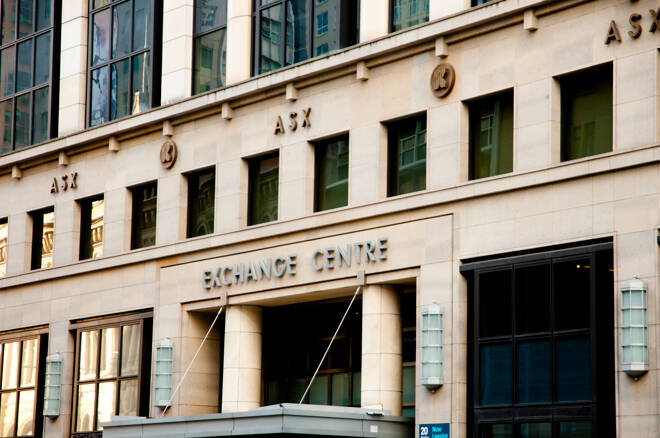Advertisement
Advertisement
ASX200: Weekly Wrap – 10/12/2021
By:
It's a big week ahead for the ASX200. While economic data from Australia and China will influence, the FED monetary policy decision and projections overnight on Wednesday will be key...
Economic Calendar
Tuesday, 14th December
NAB Business Confidence (Nov)
Wednesday, 15th December
Westpac Consumer Sentiment (Dec)
Thursday, 16th December
Employment Change (Nov)
Full Employment Change (Nov)
Unemployment Rate (Nov)
The ASX200
It was a bullish week for the ASX200, which rose by 1.55% in the week ending 10th December to end the week at 7,354. In the previous week, the ASX200 had fallen by 0.52%.
With economic data from Australia limited to house price figures, the RBA and market sentiment towards the Omicron strain were key in the week.
While news updates suggested that vaccine efficacies may be materially lower, there was also early evidence that the new strain was a milder one. Also delivering support were early suggestions that a 3rd vaccine would be sufficient to increase protection against any severe illness.
The news in the week coincided with the RBA’s view that the new strain would not derail the economic recovery. On Tuesday, the RBA left policy unchanged, which was in line with expectations.
Throughout the week, however, market sentiment towards U.S inflation and FED monetary policy pegged the ASX200 back.
The Stats
Economic data was limited to house price figures. In the 3rd quarter, the House Price Index rose by 5.0% quarter-on-quarter. The index had risen by 6.7% in the previous quarter.
From Elsewhere
Trade and inflation figures for China were in focus.
China’s USD trade surplus narrowed from $84.54bn to $71.72bn in November. Exports rose by 22%, year-on-year, while imports were up 31.7%. Imports had been up by 20.6% in October, while exports had been up by 27.1%.
While exports were down, strong demand driving imports was a positive for the markets.
In November, China’s annual rate of inflation accelerated from 1.5% to 2.3%. Economists had forecast an annual rate of inflation of 2.5%. Month-on-month, consumer prices increased by 0.4% versus a forecasted 0.3% rise. In October, consumer prices had risen by 0.7%.
Significantly, however, was softer wholesale inflation. In November, the annual wholesale rate of inflation eased from 13.5% to 12.9. Economists had forecast an annual wholesale rate of inflation of 12.4%.
The Market Movers
It was a bullish week for the banks. NAB led the way, rallying by 2.40%, with ANZ and Commonwealth Bank of Australia rising 1.63% and 1.34% respectively. Macquarie Group (+1.13%) and Westpac (+0.72%) ended the week with relatively modest gains, however.
Commodity stocks had a mixed session. Fortescue Metals Group Ltd rallied by 5.85% to lead the way, with Newcrest Mining (+1.76%) and Rio Tinto (+0.32%) also finding support. BHP Group ended the week down by 0.67%, however.
Other Asian Markets
Elsewhere, it was also a bullish week. The Hang Seng Index and the Nikkei225 rose by 0.96% and by 1.46% respectively, with the CSI300 rallying by 3.14%.
The Week Ahead
It’s a busier week ahead on the Asian economic calendar. From Australia, stats include business and consumer confidence figures in the 1st half of the week. On Thursday, employment figures will be key, however.
From China, industrial production and retail sales figures will also draw interest mid-week.
The FED’s monetary policy decision overnight on Wednesday, along with the economic projections will be the main event of the week, however. Following FED Chair Powell’s shift in stance on inflation, will there be a shift in outlook on interest rates?
Away from the economic calendar, expect Omicron news updates to continue to influence.
For now, the key downside risk remains news of Omicron resilience to existing vaccines…
About the Author
Bob Masonauthor
With over 28 years of experience in the financial industry, Bob has worked with various global rating agencies and multinational banks. Currently he is covering currencies, commodities, alternative asset classes and global equities, focusing mostly on European and Asian markets.
Advertisement
